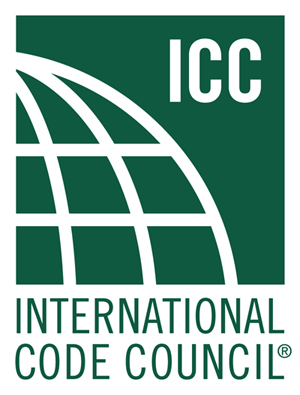Your cart is currently empty!
“The International Green Construction Code (IgCC): Promoting Sustainable Building Practices”

Introduction to the International Green Construction Code (IgCC) ===
The International Green Construction Code (IgCC) is a comprehensive set of regulations and standards developed by the International Code Council (ICC) to promote sustainable and environmentally friendly construction practices. It provides a framework for designing, constructing, and operating buildings with a focus on energy efficiency, resource conservation, and reduction of environmental impacts. The IgCC covers a wide range of aspects, including site development, water efficiency, energy conservation, materials and resources, indoor environmental quality, and more. By implementing the IgCC, building professionals and communities can contribute to creating a greener and more sustainable built environment.
=== Key Features and Objectives of the IgCC ===
The IgCC sets forth several key features and objectives to guide construction practices towards sustainability. Firstly, it emphasizes the efficient use of energy and resources, encouraging the use of renewable energy sources, energy-efficient equipment, and systems. It also promotes water conservation through the use of efficient fixtures, rainwater harvesting, and graywater recycling. Additionally, the IgCC encourages the use of sustainable materials and the reduction of waste generation during construction and operation. It addresses indoor environmental quality by setting standards for air quality, lighting, and thermal comfort. Furthermore, the code encourages sustainable site development by considering factors such as land use, transportation, and ecological impact.
=== Benefits and Impacts of Implementing the IgCC ===
Implementing the IgCC brings a multitude of benefits and impacts to both individual buildings and the broader community. Firstly, it leads to significant energy savings, reducing greenhouse gas emissions and dependence on fossil fuels. By incorporating renewable energy sources, buildings can generate their own clean energy, contributing to a more sustainable energy grid. The IgCC also improves water efficiency, reducing strain on water resources and lowering utility costs. Additionally, the use of sustainable materials reduces the environmental impact of construction and enhances the health and well-being of occupants. The IgCC also promotes innovation and collaboration among professionals, fostering the development of new technologies and practices.
=== Challenges and Future Outlook for the IgCC ===
Despite its numerous benefits, the implementation of the IgCC faces certain challenges. One of the main hurdles is the resistance to change within the construction industry, as adopting new codes and practices may require additional investments and training. There is also the challenge of coordinating and harmonizing the IgCC with other existing building codes and regulations. However, as awareness of the need for sustainable construction grows, the future outlook for the IgCC seems promising. Many jurisdictions are already adopting or considering the IgCC as a mandatory requirement for new construction projects. With advancements in technology and increased emphasis on sustainability, the IgCC is likely to continue evolving and becoming an integral part of the construction industry worldwide.
===
The International Green Construction Code (IgCC) plays a crucial role in promoting sustainable and environmentally friendly construction practices. By providing a comprehensive framework and guidelines, the IgCC helps building professionals and communities create greener and more sustainable built environments. Its key features and objectives focus on energy efficiency, resource conservation, and reduction of environmental impacts. Implementing the IgCC brings numerous benefits, including energy and water savings, improved indoor environmental quality, and reduced greenhouse gas emissions. Despite facing challenges, such as resistance to change and coordination with existing codes, the future outlook for the IgCC is promising as more jurisdictions recognize the importance of sustainable construction. By embracing the IgCC, we can contribute to a more sustainable and resilient future for our planet.
